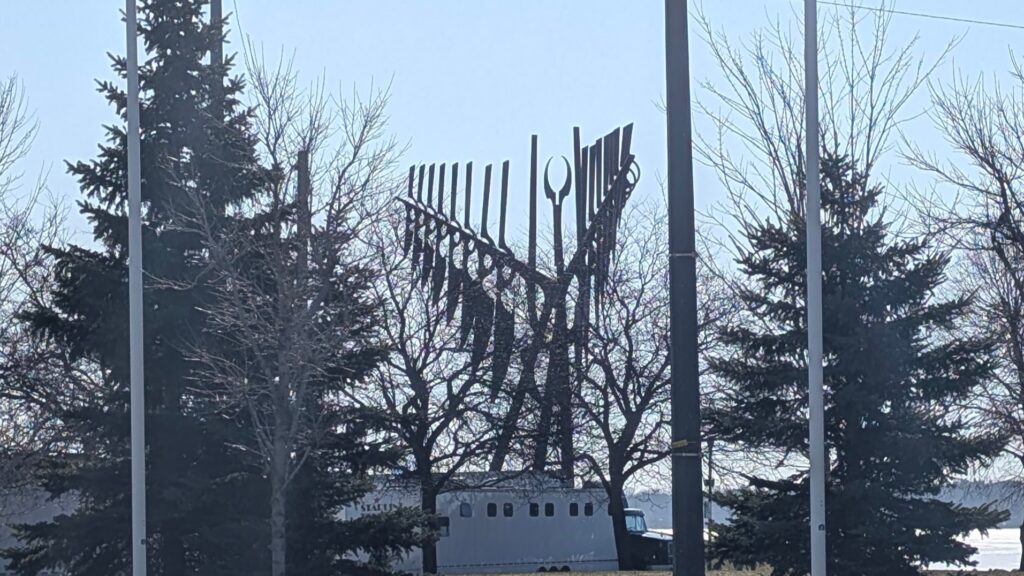In cities where towering skyscrapers cast shadows on tent encampments, a growing housing crisis lays bare a tragic truth: Indigenous communities in Canada are disproportionately affected, with women facing an even heavier burden.
Michael Wesley’s story is one of resilience and heartbreak, a journey through homelessness that underscores the systemic inequities faced by Indigenous people. For four years, Wesley, a Cree man from Moosonee, Ontario, sought refuge not in shelters but in the wilderness. The forests gave him a sense of security that the streets of northern Ontario could not, but at great personal cost. Struggling with addiction and isolation, he nearly lost everything. His eventual move to Toronto marked the beginning of a slow climb toward stability, aided by transitional housing programs for Indigenous men.
Wesley’s story is tragically common. Indigenous people make up roughly 5% of Canada’s population but represent 40% of the country’s homeless population, according to federal estimates. Urban areas, particularly, are ill-equipped to handle the influx of Indigenous individuals seeking shelter, a trend driven by historical disenfranchisement and modern systemic barriers. For women, these challenges are magnified by the dual burdens of gender-based violence and discrimination in accessing both housing and employment opportunities.
The federal government has pledged $2.8 billion to tackle this crisis, promising to fund transitional housing, rent subsidies, childcare, and substance abuse support through the Urban, Rural, and Northern Indigenous Housing Strategy. Yet, bureaucratic hurdles have stalled progress. “We’ve lost years that could have been spent building homes,” says Margaret Pfoh, CEO of the Aboriginal Housing Management Association. Advocates like Pfoh argue that every day of delay perpetuates the cycle of poverty and homelessness.
Beyond funding delays, systemic racism continues to plague the private housing market. Pfoh recounts her own experience of discrimination when a landlord refused to meet with her upon realizing she was Indigenous. Such implicit biases further limit housing options, forcing many Indigenous families into precarious living situations or overcrowded shelters.
Organizations like Na-Me-Res in Toronto offer a glimmer of hope. By providing not just housing but comprehensive support services, these programs aim to address the root causes of homelessness. Wesley, now in transitional housing, credits such initiatives with helping him overcome addiction and rebuild his life. However, the demand far outweighs the supply. Na-Me-Res currently operates 47 units, all of which are full, with waitlists growing longer by the day.
The stakes are high. Without immediate action, the housing crisis will continue to destabilize Indigenous communities, perpetuating cycles of trauma and poverty. Advocates insist that federal funding must be expedited, and systemic barriers dismantled, to create a future where secure housing is a reality for all Indigenous people, particularly women who bear the brunt of homelessness.
References:
Behind the Indigenous housing crisis: Homeless man and CEO tell their stories

